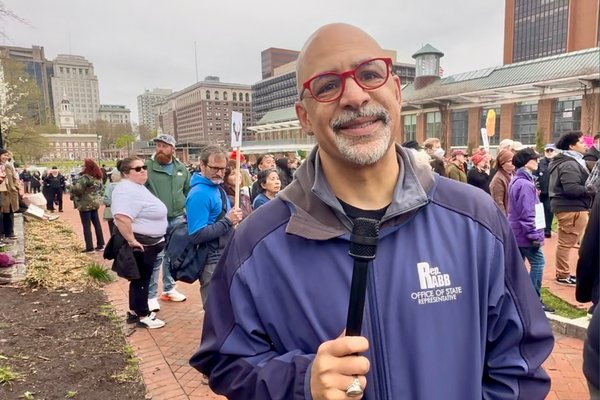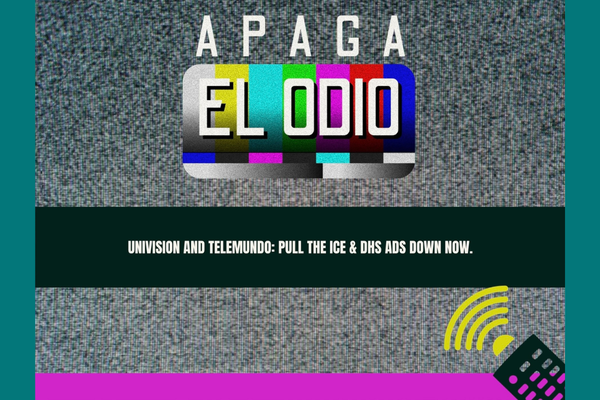The Movement to Reinvent Public Media Is Already Underway
The end of federal support for public media is devastating. Now we must rebuild from the ground up

For the first time in almost 60 years, Americans are about to learn what life is like without federal public-media funding.
After congressional Republicans approved the Trump administration’s request to claw back $1.1 billion in already-approved funds, the Corporation for Public Broadcasting (CPB) announced on Aug. 1 that it would fully shut down by January 2026. It’s a disastrous blow for our ailing democracy, another seismic event for a media system that’s already resting on a splintered foundation. And its first impacts are already being felt.
Public-media stations in rural Alaska — which are often the sole news-and-information source for miles around — are scaling back operations and figuring out the bare-minimum staff required to relay emergency communications. In Spokane, Washington, 12 of 35 staff members at the station KSPS have either been laid off or had their hours and pay cut. Vermont Public and South Dakota Public both eliminated 15 positions in their newsrooms last month, citing upcoming budget shortfalls.
This is just a sampling of a casualties list that will grow far longer in the coming months. The first wave will crash particularly hard on rural communities, many of which already find themselves facing an acute shortage of trusted news and local information.
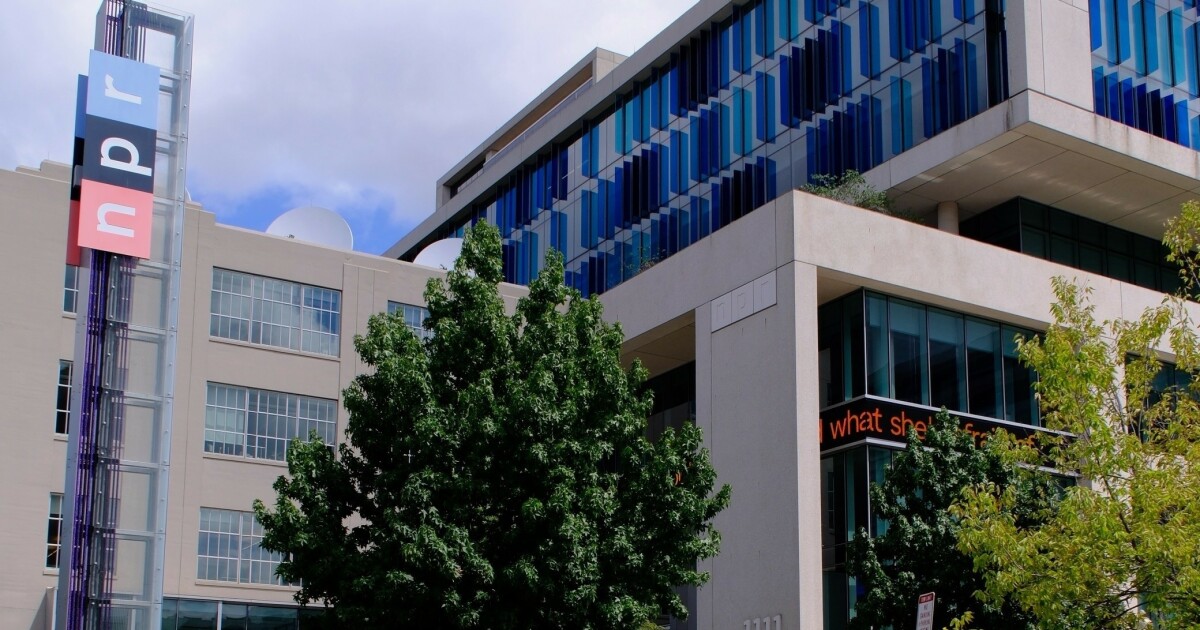
But even as CPB prepares to close its doors, the concept of public media itself isn’t so easily killed. The central ideas that informed the creation of CPB live on — especially the understanding that news and information are public goods meriting public investment. And these ideas have broad public support, despite the vote in Congress.
The battle on the federal level is lost, for now. But frontiers are opening up in states and cities across the country to forge a new kind of public infrastructure for local media and civic information.
We should take CPB’s demise as a direct call to action. Amid the federal chaos, this could very well be an ignition moment for a new movement for public-media funding, one that starts from the ground up.
This movement is already underway
In 2018, New Jersey Gov. Phil Murphy signed legislation to create a landmark new institution: the New Jersey Civic Information Consortium (NJCIC). Backed by public dollars but independently housed in a new nonprofit supported by the state’s public-university system, the consortium became the nation’s first state grantmaking body designed to fund local journalism and civic information.
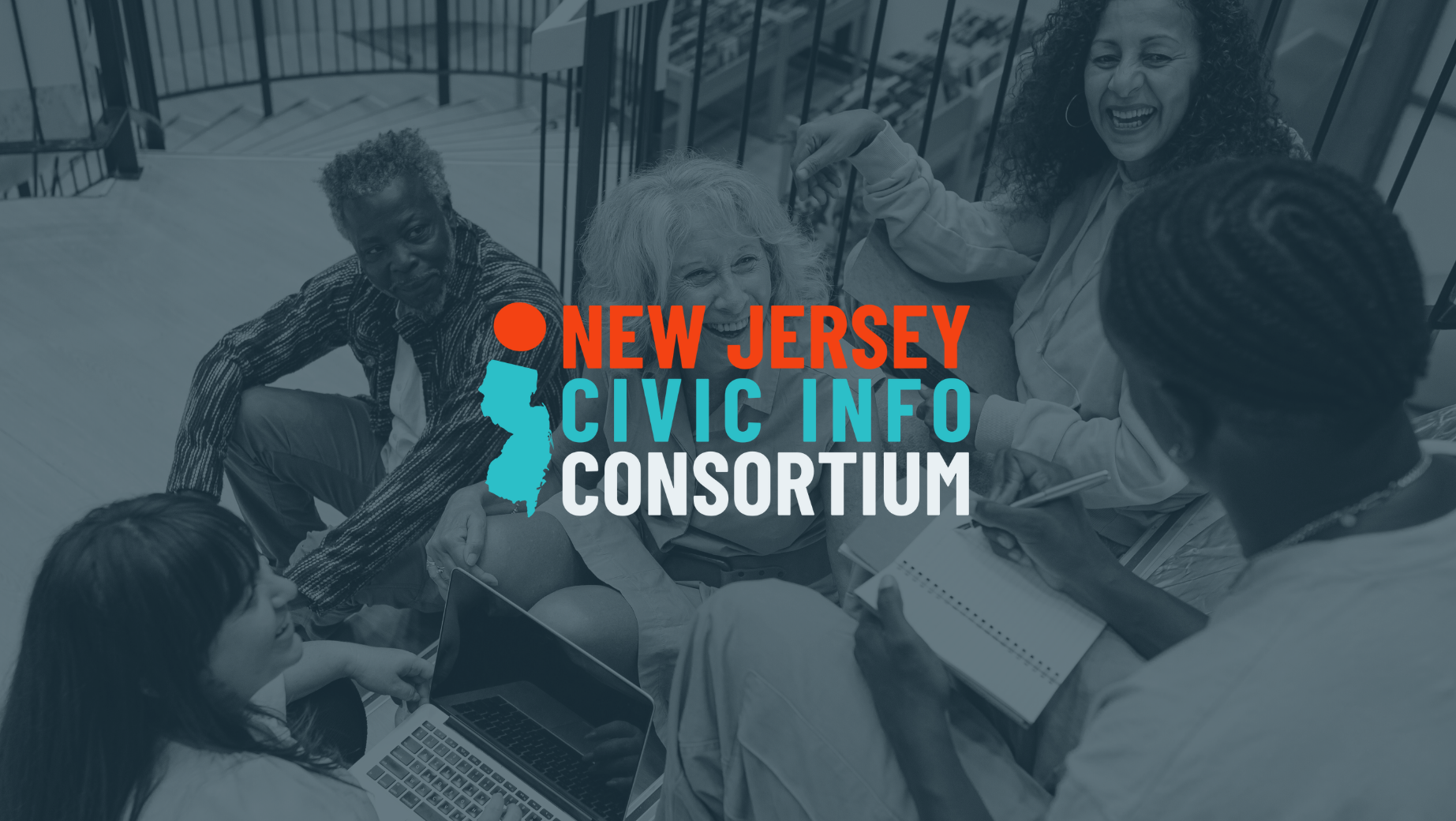
Amid the ongoing collapse of local newspapers, civic leaders, media leaders and lawmakers alike joined forces to imagine a new future for local media, one in which communities’ needs would take center stage. As prominent media scholar Jay Rosen of New York University said at the time, “This is like a wind that blew in one direction for 35 years. Then one day … the trees start bending the other way.”
Seven years later, the trees have kept bending our way. The NJCIC has distributed more than $10 million in service of the most pressing civic-information needs. The grants have been used to launch new outlets, train young journalists and bolster media-literacy efforts. Recipients include The Jersey Vindicator (a nonprofit investigative outlet focused on state government),the New Jersey Documenters program (which has trained over 2,000 residents to cover public meetings), and Chalkbeat Newark (a reporting initiative laser-focused on the New Jersey educational system).
What was once a bold and untested idea in New Jersey is now a bankable model. For those who get squeamish at the idea of using public dollars to support newsrooms that are meant to serve as watchdogs, the firewalls in the NJCIC model have proven robust: Because an entirely independent board with no government representatives oversees the nonprofit, policymakers have no say over where money gets distributed.
Other states have taken up the call. Earlier this year, California lawmakers announced the creation of a new publicly backed Civic Media Fund, which will distribute grants across the state to strengthen local journalism (we’re awaiting key details on how the fund will operate). State lawmakers have proposed bills to create Civic Information Consortiums in Oregon, Wisconsin and, most recently, Pennsylvania, where the lead sponsor spoke about the need for states to respond to the federal destruction of CPB: “Without meaningful state action, the basic information needs of our communities will increasingly go unmet,” said State Rep. Chris Rabb.
An investment in democracy
Even for people who have been skeptical about the need for public investment, the catastrophic collapse of local media has become too stark to ignore: There’s been a 75 percent drop in local journalists across the country since 2002 — and for the newsrooms that remain, financial viability is too often a year-to-year proposition.
More existentially, the evidence shows that local news and civic information are truly load-bearing pillars for our democracy. Strong local-news ecosystems have been linked to higher voter turnout, lower levels of government corruption, lower levels of polarization and a stronger sense of community cohesion. For every dollar that’s spent on local news, we receive hundreds of dollars in public benefit thanks to decreases in government waste.
These benefits resonate across party lines and appeal to broad swaths of the public. In New Jersey, for instance, the NJCIC found the backing of key Republican leaders because they understood how rural communities were suffering as the collapse of small newsrooms quickened. More broadly, the communities our media system most underserves represent a potent political coalition: Rural communities, lower-income communities, non-English-speaking communities and BIPOC communities are intimately familiar with the shortcomings of our local-media system.
If we’re looking for a cost-efficient way to invest in our democracy that could reasonably find support among an increasingly fractured American public, the creation of new public-funding streams for local news and civic information — firewalled from the government — should be at the top of our list. The creation of new public-grantmaking bodies at the state and local levels could unlock hundreds of millions of dollars that would directly serve our communities.
Working toward a transformed public-media system
To be clear, the creation of new public grantmaking bodies is not a replacement for what we’re losing with CPB’s imminent closure. We need federal investments in public-radio and television infrastructure, and we need to open up more flexible avenues for public investment in our media system. Start-up newsrooms, nonprofit outlets, legacy newsrooms, innovative civic-media experiments, media-literacy efforts — they all badly need support, and the CPB model was never enough to plug all these gaps (especially in the past couple decades as the collapse of local news accelerated).
Put simply, the struggle for public media’s future can’t just be about reviving what’s been lost. We must start the next fight by organizing a broad community of public media-makers and allies, with a focus on staking out new models for investing in the civic health and information needs of all people.
When an institution like CPB shuts down, it’s an unmistakable tragedy — especially when the damage was intentional. But the flip side of this tragedy is that it gives us a rare chance to reimagine something new — and to build something from the ground up that is rooted in community and stronger than before.
Let’s mourn CPB. And then let’s get to work.
Open tabs
Mike Masnick at Techdirt exposes House Republicans’ blatantly unconstitutional attempt to intimidate and interfere with Wikipedia over bogus charges of bias. This is government censorship in action — but an influential subset of self-styled free-speech defenders have gone silent.
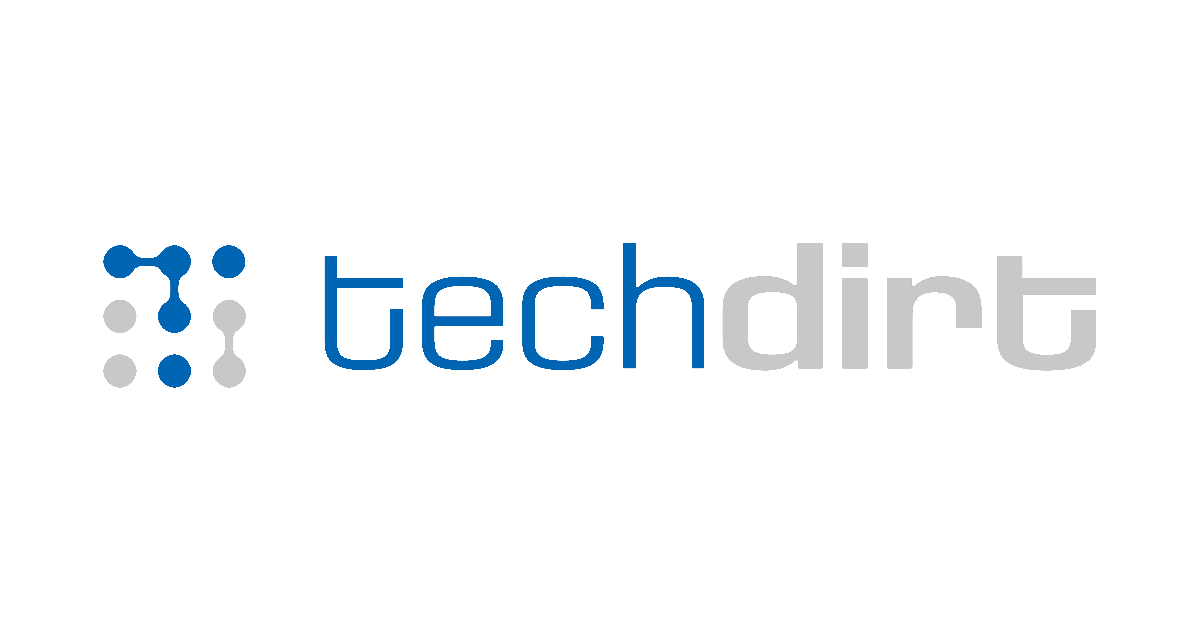
“The same people who spent years screaming about ‘government censorship’ when social media companies made actually independent editorial decisions are now dead silent about actual government officials actually threatening to investigate a platform for its speech,” Masnick writes. “Where are all those passionate defenders of free speech now? Hey Matt Taibbi, Bari Weiss, and Michael Shellenberger! Where’s the outrage about government overreach? Where are the warnings about authoritarianism? Oh right, they only care about ‘free speech’ when it means protecting their ability to spread misinformation without consequences. When it comes to actual First Amendment violations by government officials trying to intimidate encyclopedia editors, suddenly they’re nowhere to be found.”
The kicker
“Local news and civic information are public goods — they deserve public dollars. When communities lose access to independent journalism, transparency erodes, civic engagement declines, and government becomes less accountable to the people it serves. The longer we wait to rebuild community newsrooms, the more we jeopardize the civic health of Pennsylvanians.” — Pennsylvania state Rep. Chris Rabb
About the author
Alex Frandsen is the journalism program manager at Free Press.
